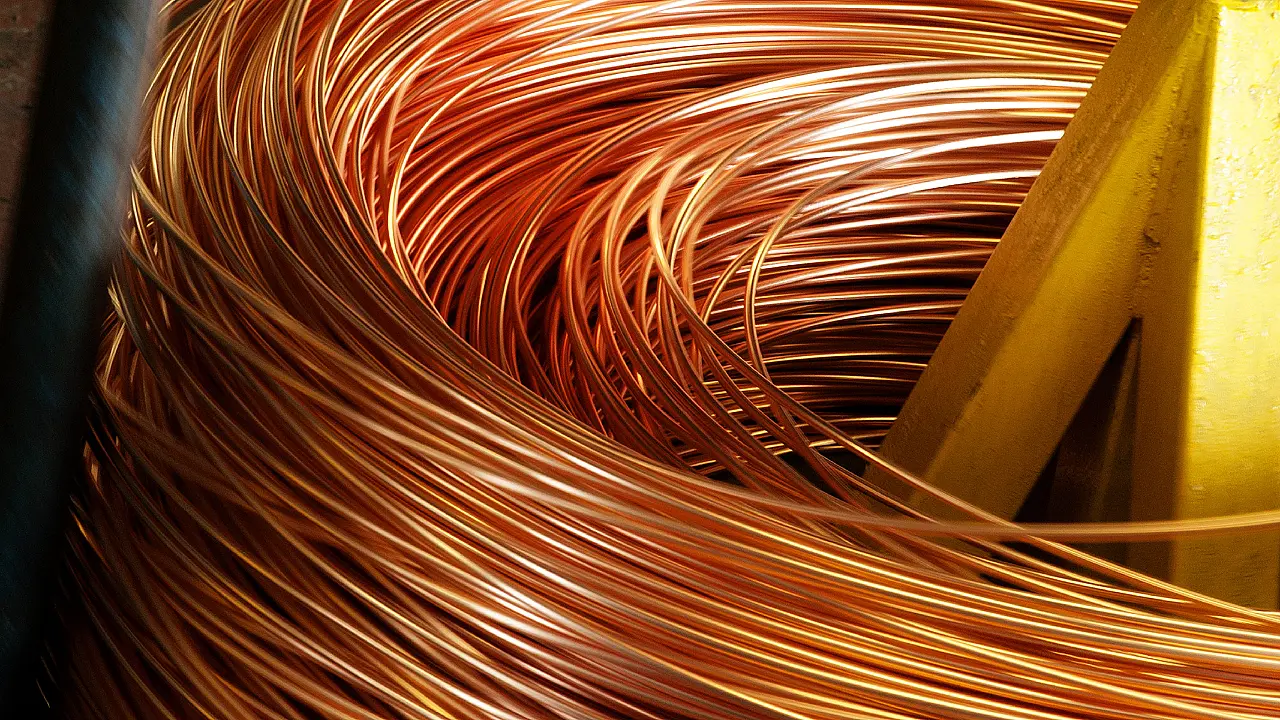
In a significant shift towards sustainable automotive technology, IDTechEx's latest report, 'Copper Demand for Cars 2024-2034: Trends, Utilisation, Forecasts,' reveals a surging demand for copper in electric vehicle (EV) motors. As the automotive industry embraces electrification and autonomy, the report predicts a substantial 3.1-fold increase in copper demand for EV motors from 2023 to 2034.
Electric motors play a pivotal role in the electrification of vehicles, with rare-earth magnets traditionally dominating the industry. However, the report underscores a paradigm shift, eliminating rare-earth magnets due to their price volatility and environmental concerns. The result? A resounding demand for copper, positioned as the essential alternative for motor technologies in EVs.
The report forecasts a 4.8% Compound Annual Growth Rate (CAGR) in copper demand until 2034, driven by key trends such as electrification and autonomy. Copper's versatility and efficiency in electric motors make it a cornerstone for the industry's shift towards sustainable transportation. It delves into the intricate details of motor technologies and their influence on copper utilisation. It anticipates the growing trend of EV adoption propelling copper demand, even as advancements in winding efficiency aim to offset potential increases. The promising developments aim to make electric vehicles more efficient, environmentally friendly, and economically viable.
Innovations Shaping Copper Utilisation:
- Eliminating Rare Earths: The move to eliminate rare-earth magnets increases the reliance on copper, opening avenues for innovative motor technologies.
- Alternative Motor Technologies: Magnet-free options, such as the wound rotor motor, gain prominence, significantly increasing the copper content compared to traditional permanent magnet motors.
- Winding Technology Advances: Innovations in winding technology, such as hairpin-type windings, enhance copper utilization in the stator. Pre-wound hairpin windings improve manufacturability, reduce overhanging end windings, and pave the way for future advancements.
Outlook for EV Motor Copper Demand
While incremental improvements in copper efficiency are expected, the booming EV market is creating substantial new demands. The rise of magnet-free motor designs, supported by major players like BMW and Renault, underscores the industry's commitment to embracing sustainable alternatives. Tier-1 suppliers, including ZF, MAHLE, Vitesco, and others, are actively contributing to the shift towards wound rotor designs.
In summary, the report not only highlights the surge in copper demand but also showcases the collaborative efforts of the automotive industry to drive innovation, reduce environmental impact, and shape the future of mobility. As electric vehicles become the norm, copper emerges as a vital force, propelling the automotive industry towards a greener and more sustainable future.
Courtesy: IDTechEx. Photo is representational.
Also Read:
Tata Passenger Electric Mobility Kicks Off Production In Gujarat
Altair, JLR & Danecca Secure UK Government Funding for Innovative Electric Vehicle Design Process